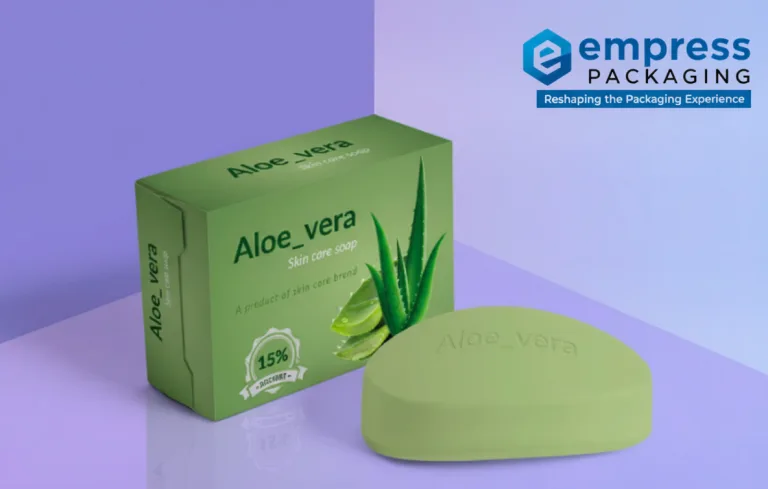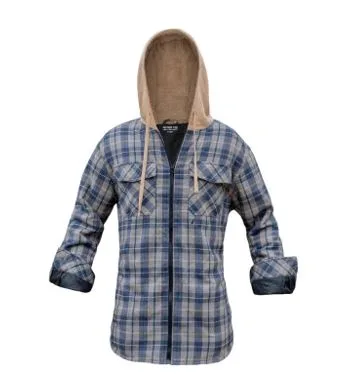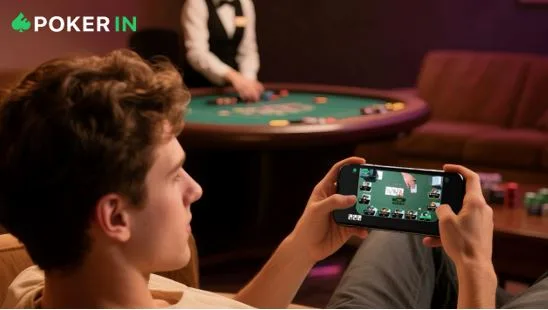Rainbow Sets the Pace for Las Vegas Cannabis in a Changing Market
As Nevada’s cannabis industry matures, the biggest challenge isn’t novelty—it’s consistency. Tourists still pour into Las Vegas curious to see what a regulated market looks like, while locals want dependable products, clear guidance, and fair value week after week. That balancing act is where leaders separate themselves from the pack. In conversations about customer experience, consumer education, and steady execution, many shoppers point to Rainbow dispensary as a standard-setter for Las Vegas.
From early hype to everyday expectations
The first wave of recreational sales was defined by lines out the door and social-media buzz. Today’s buyers are more discerning. They compare menus, look for transparent lab info, and expect staff who can translate cannabinoid and terpene data into plain-English recommendations. The industry has also been through price compression and shifting product preferences, which means a shop’s competitive edge now comes from its systems: inventory discipline, staff training, and an environment where both newcomers and frequent buyers feel understood.
What consumers actually want when they walk in
Most customers enter a dispensary trying to answer a few simple questions: How will this make me feel, how long will it last, and how should I dose? A store that nails those basics earns trust quickly. Rainbow’s approach keeps menus organized by form factor and desired outcome, so shoppers can zero in on formats they’re comfortable with—edibles for precise dosing, vapes for fast onset, topicals for localized relief, or classic flower when they want a familiar ritual. Equally important, budtenders are trained to start with the shopper’s intent, not the highest THC on the shelf.
Education as the retention moat
Great retail creates repeatable outcomes. For edibles, that means normalizing the “start low, go slow” mindset and explaining why onset can vary between a fast-acting beverage and a traditional gummy. For inhaled products, it means discussing tolerance, setting expectations for duration, and reinforcing the basics of safe storage and compliant transport. This kind of coaching prevents the two outcomes that tank loyalty: overwhelming a first-timer with potency or underwhelming a returning customer with something that doesn’t match their goals. When shoppers consistently have the experience they intended to have, they come back—and they tell friends.
Tourists and locals need different playbooks
Las Vegas is unique in the ratio of first-time buyers to veterans. Visitors often need a short course on rules and formats before they’re ready to choose. Locals typically know their lane and want a fast, frictionless checkout. Rainbow solves for both by keeping floor navigation simple, offering quick consults that hit the essentials, and using digital menus that let regulars scan new arrivals at a glance. That dual-track experience is harder than it looks; it requires staffing levels, training time, and menu discipline that many operators struggle to maintain during peak traffic.
Competing on value without racing to the bottom
Price still matters, but what buyers describe as “value” usually includes predictability, convenience, and confidence. Rainbow’s answer is to curate across good, better, best tiers within each category rather than pushing a single bargain bin or chasing only top-shelf exotics. Shoppers can anchor to a dependable everyday option, step up when they want something special, or try a limited release without needing a 20-minute explainer. That kind of thoughtful assortment is particularly important in edibles and beverages, where microdosed options and clear labeling make it easy to dial in a comfortable routine.
Assortment that tracks real-world use cases
Retail data shows steady interest in formats that fit people’s lives: a two-and-a-half milligram gummy for a light evening, a balanced tincture with repeatable dosing, or a fast-onset drink that pairs with a show or a meal. Rainbow leans into those use cases on the floor. Instead of merchandising everything by brand alone, they frame choices around moments: winding down after the Strip, staying social without alcohol, easing soreness from a long day of walking, or focusing on creativity during a daytime excursion. That storytelling helps customers visualize how to use products responsibly and enjoyably.
Operations you can feel but rarely see
When inventory is fresh and back-of-house systems are tight, shoppers don’t notice—they just get what they came for. When those systems lag, the customer experience frays fast. Rainbow’s consistency suggests disciplined ordering, smart forecasting ahead of weekends and big events, and active vendor management to avoid out-of-stocks in staple SKUs. On the floor, you see the downstream effect: fewer awkward “we’re out of that” moments, more options within a category, and staff who know when a favorite is returning or which substitute truly compares.
Compliance and clarity build long-term resilience
For visitors especially, guidance around where and how to consume is part of the purchase. Staff reinforce that consumption belongs in private spaces or licensed venues and that transporting sealed products is the smart default. Those reminders protect guests, the store, and the broader market’s reputation. They also differentiate regulated retail from the illicit marketplace by centering safety, transparency, and accountability—three pillars that matter even more as the novelty factor fades.
Customer experience in practice
A smooth visit at Rainbow tends to follow a predictable arc. A guest is greeted and ID verified. If they’re new, a quick set of questions—How do you want to feel? How long do you want it to last? Any past experiences to learn from?—sets the direction. The budtender then narrows the menu to two or three realistic options, explains onset and dosing, and confirms the plan. If the customer is a regular, the conversation might be as simple as “same as last time, or want to try the new release that’s similar?” Both paths end with clear next steps and zero guesswork.
Design choices that remove friction
Small tweaks add up: readable menus at eye level, category dividers that make sense, and product cards that highlight the few details most people actually use to decide. It’s the difference between browsing and hunting. Add in online ordering for pickup, and locals in particular can treat the store like a reliable weekly stop rather than an unpredictable errand. For travelers, these design choices turn a curiosity stop into a hospitality experience that fits the rest of their trip.
Why Rainbow keeps showing up in word-of-mouth
In Las Vegas, recommendations spread fast—hotels, restaurants, attractions, and yes, dispensaries. People tend to remember places where staff acted like guides instead of gatekeepers, where the vibe felt organized rather than chaotic, and where the product did what the associate said it would do. Rainbow checks those boxes consistently. The store’s emphasis on practical education, assortment logic, and reliable execution puts it in the short list that locals keep and travelers share with friends heading to town.
The bottom line
The next phase of Nevada cannabis will reward operators who treat trust like their most valuable SKU. Crowded shelves won’t matter if customers don’t feel confident about the outcomes. Rainbow dispensary shows that the path forward is not a race to the cheapest eighth or the flashiest display; it’s the steady craft of making every visit clear, safe, and repeatable. In a city built on hospitality, that’s exactly the kind of leadership the market needs.






